And there we were, surrounded by the perfect beauty of nature, we found ourselves in the heart of the Katanga in Congo. After more than 8 hours of driving from Lubumbashi, we finally arrived at our destination. Exhausted from the long journey, we eagerly anticipated a warm shower and dinner. However, the moment we arrived, we realized that we were in for an unplanned break from social media. It was as if we were in the middle of nowhere! Only after a peaceful night of sleep and the amazing light of day did we come to appreciate the beauty that was bestowed upon us; Upemba National Park, a stunning place that offers a true connection to nature.
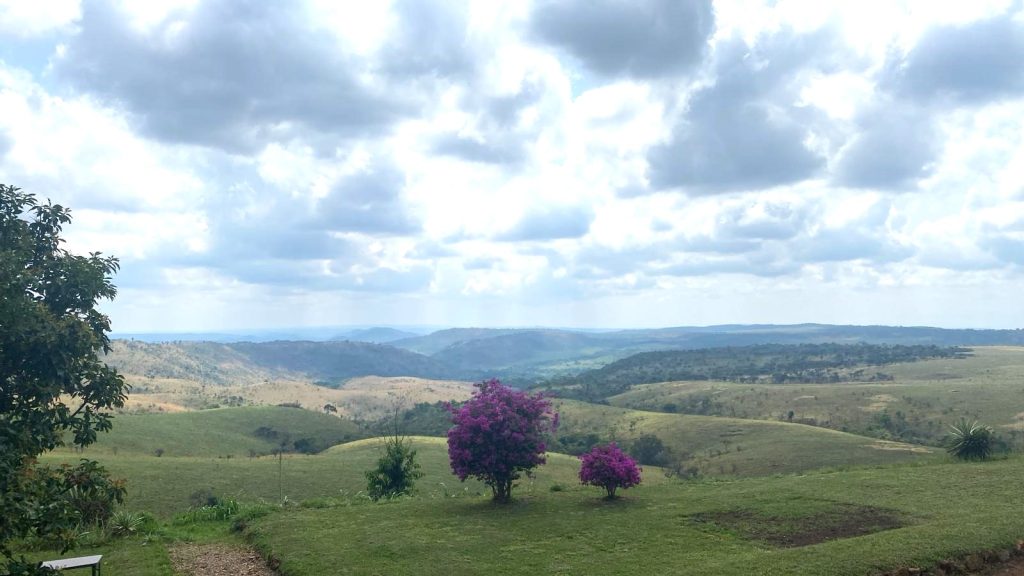
Although we were in DRC to carry out our field work, one can only think of exploring and enjoying nature’s beauty as much as possible in such a wonderful place. During a refreshing walk together, the topic of zebras came up, and we realized that we could spot those amazing creatures in Upemba National Park. That was all we needed to begin a thrilling journey in the search of one of the animal kingdom’s most fascinating creatures: zebras.
Riding on the back of a large truck is a thrilling adventure that is perfect for nature lovers. As we climbed aboard, we were filled with excitement and anticipation for the journey. We experienced a fun ride through the park’s rough terrain, enjoying the impressive landscapes and wildlife.
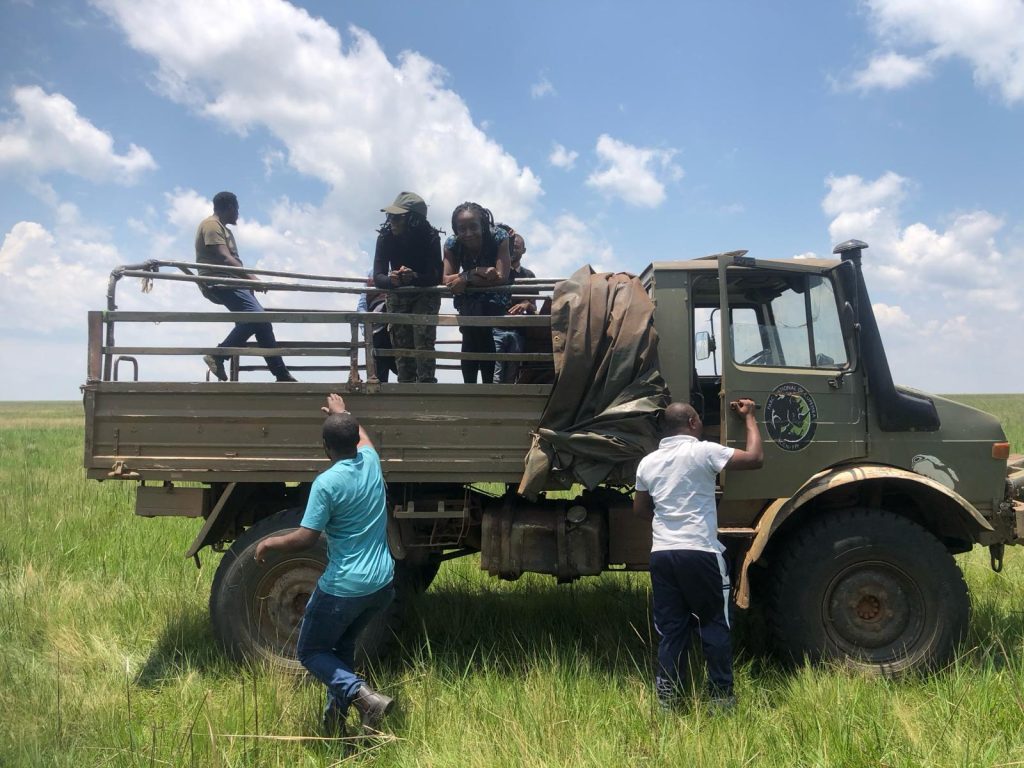
As we traversed the plains, our eyes constantly searched for any clues of zebras and any other wildlife. We rode through the savanna feeling the fresh air and wind blowing in our hair. Although we enjoyed the beautiful views and the wind on our faces, it was not entirely a leisurely experience. We needed all the power in our arms and legs to stay standing at the back of the truck.
Suddenly, in the distance, we spotted a group of zebras grazing on the savannah. We quickly grabbed our binoculars and cameras, hoping to capture a glimpse of these magnificent creatures in their natural habitat. The zebras were wild and free, stunning as they were galloping through the fields.
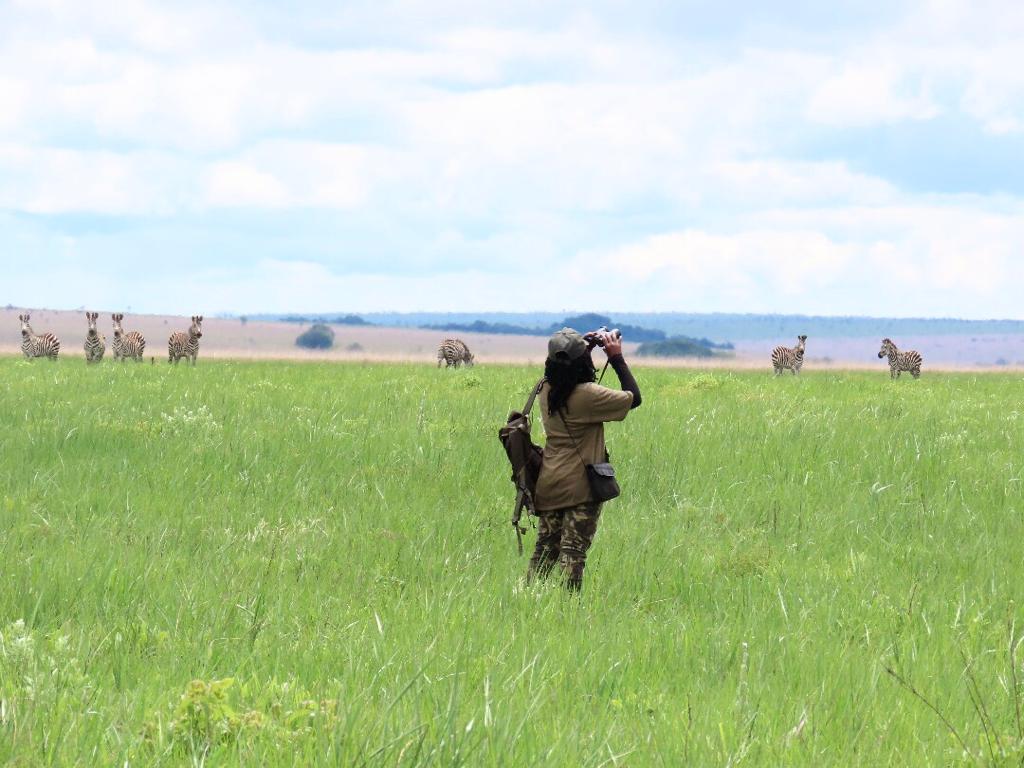
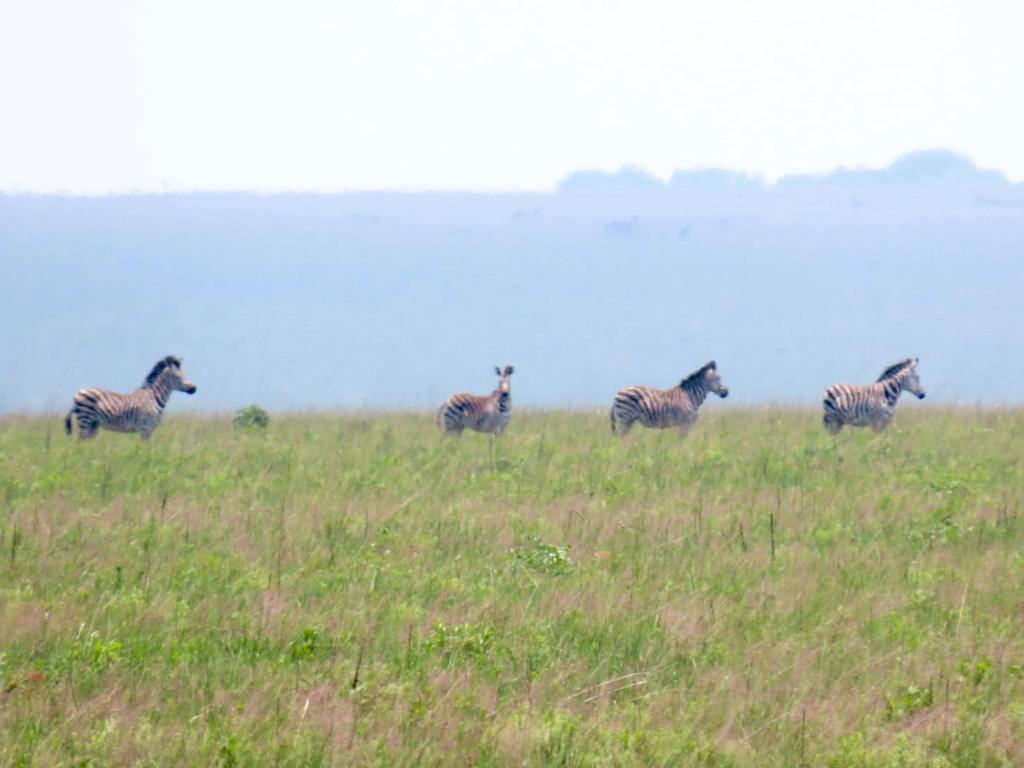
We were also privileged to spot several other wild animals, including monkeys, warthogs, deer, and an array of beautiful birds during our adventure.
One of the things that really stuck with me during our adventure was that even monkeys, which you would expect to not be afraid of us, would run away as soon as they sensed our presence. It was sad to realize that the monkeys sensed danger from us, even though we mean no harm to them. One of our collaborators, Mr. Augustin Mwanke Kalumba from Lubumbashi University jokingly said that “animals nowadays feel very insecure because of all the poaching that’s been happening. They used to be calmer around us but now feel very nervous”. His statement made me think a lot. Isn’t sad that animals don’t feel safe in their own natural habitat anymore? Isn’t it sad to see the extent to which humans are contributing to that by poaching and damaging the environment? It’s important to remember that we have a responsibility to protect these animals and their homes.
Moreover, during our stay in the park, we came to learn that years ago, people could spot elephants passing from our accommodation in the early hours of the morning. We were not fortunate to witness that beautiful sight. Sadly, today there are no elephants in the area, as they have all migrated further down south―-another sign of the drastic decline in biodiversity that has occurred over the last decades. Numerous threats, such as poaching by groups like the Mai-Mai, the presence of mining, and other extractive activities have contributed to this decline [1].
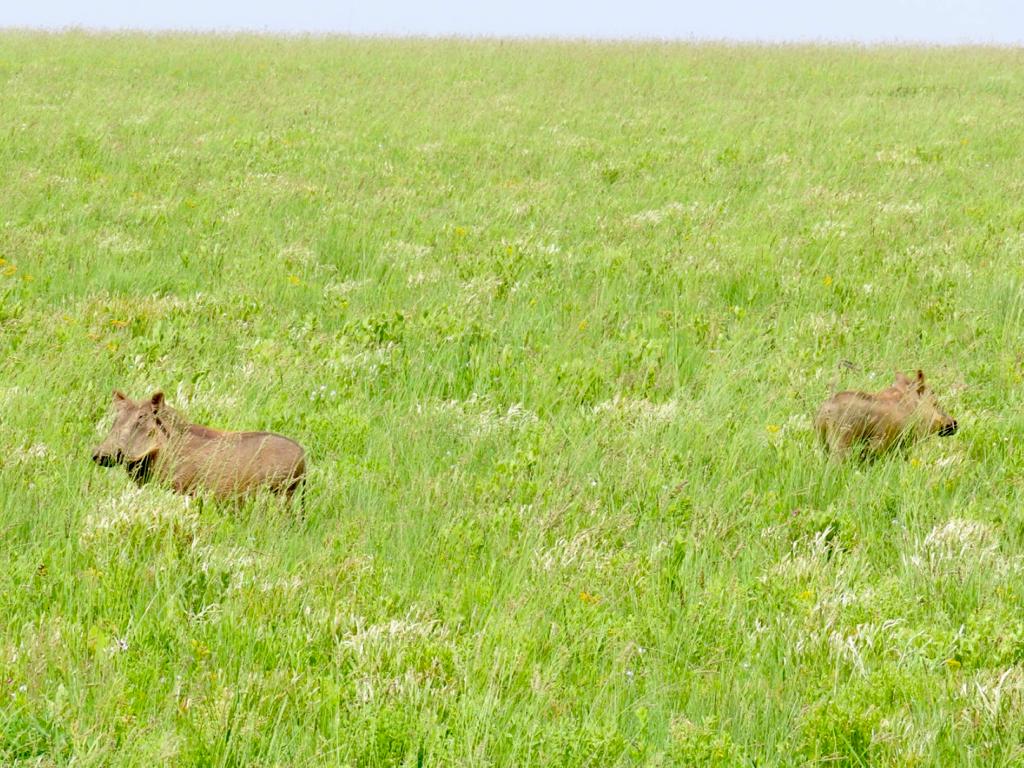
One of the most common faunas in Upemba National Park. They have a symbiotic relationship with birds, allowing them to eat parasites that live in their bodies. Additionally, they contribute to soil aeration and plant growth [2]. Photo by Manual Weber
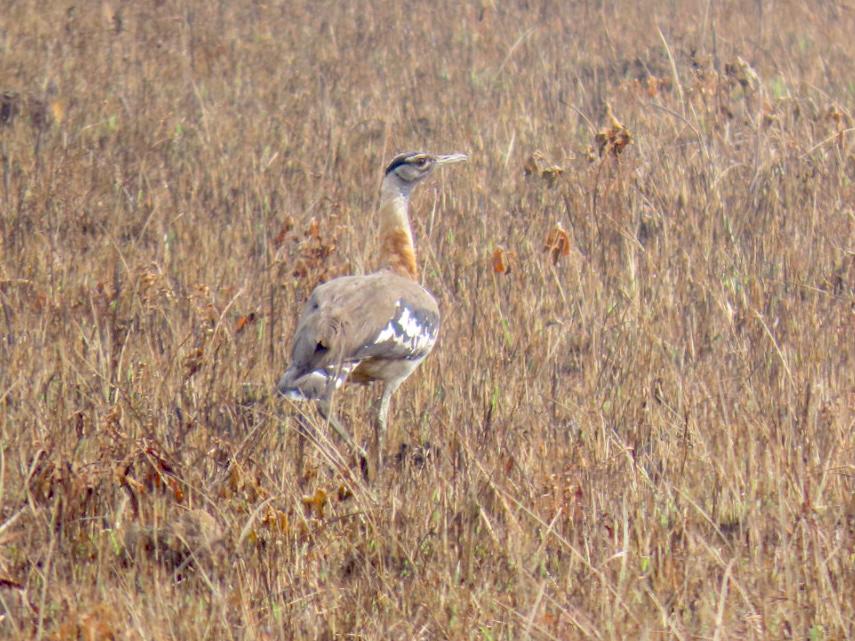
This species is classified as threatened due to excessive hunting and habitat conservation for agriculture [3]. Photo by Manual Weber
Upemba National Park faces many threats, nevertheless Christine Lain, Park Director of the National Park, and her amazing team are a beacon of hope for wildlife conservation. Between 2015 and 2022, the efforts of the team resulted in an increase in the number of zebras from 99 to 185 and elephants from 185 to 210. Other wildlife such as buffalo and antelope have been estimated at 179 and 30 respectively in 2022.
I have good faith that the efforts and ambitions of those working to restore ecosystems and biodiversity will yield positive results for nature conservation in DRC!
References
- Forgotten Parks Foundation. Upemba National Park, DR Congo. 2022. Available at. https://forgottenparks.org/project/upemba/
- SeaWorld Park and entertainment. Warthog. Available at. https://seaworld.org/animals/facts/mammals/warthog
- Bird life international. Denham’s Bustard. 2023. Available at. http://datazone.birdlife.org/species/factsheet/22691905
